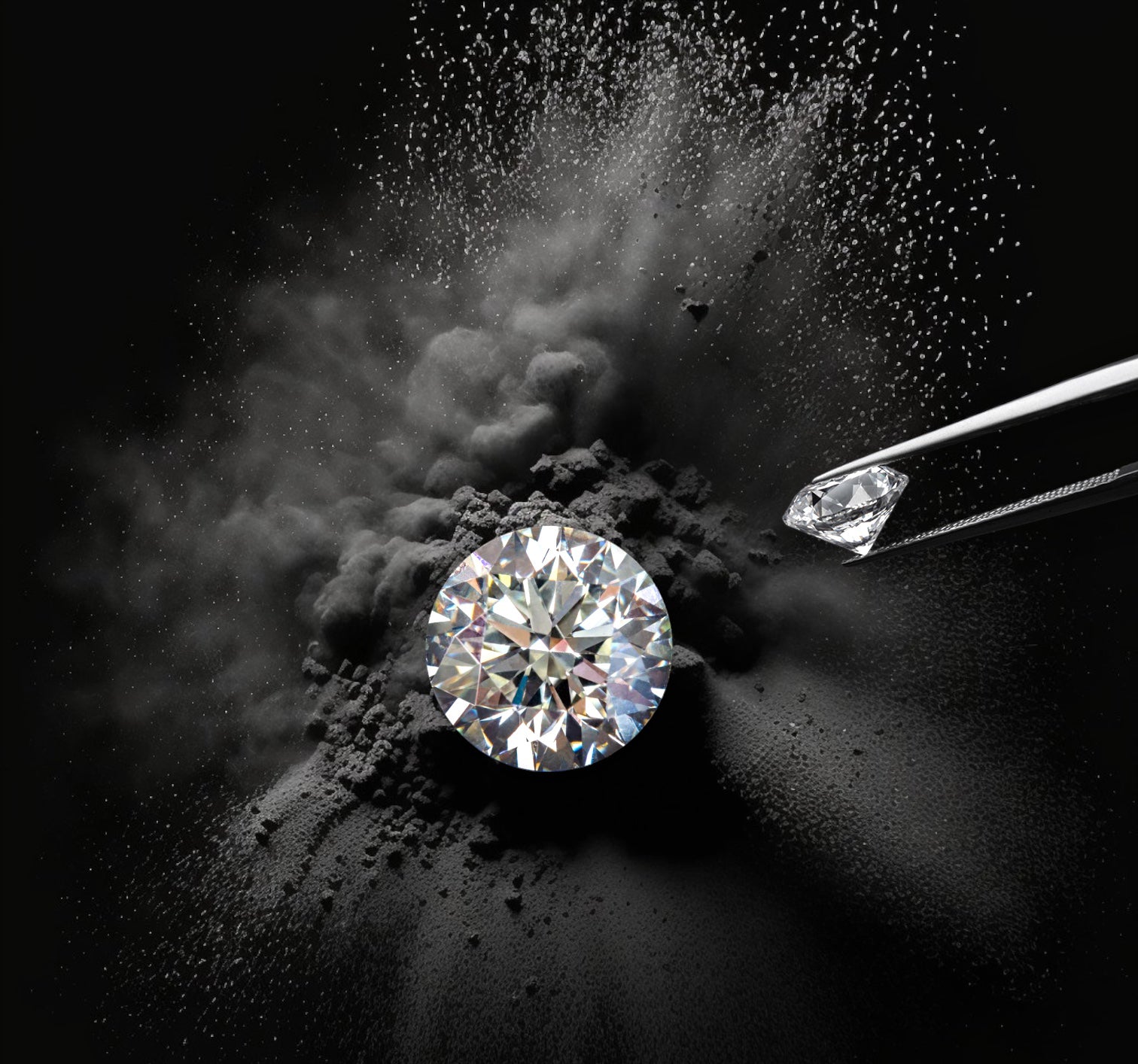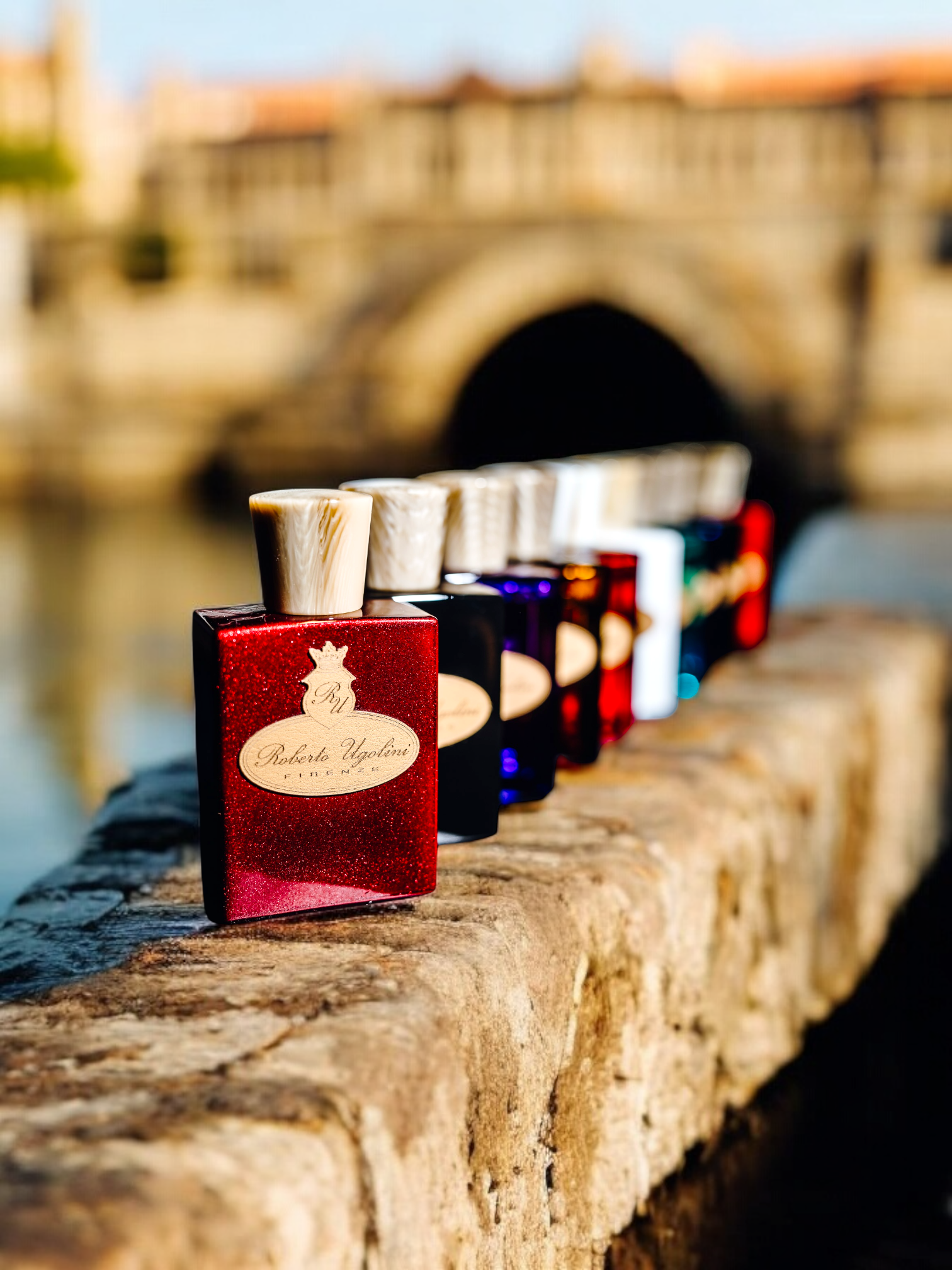
Exploring the future of diamonds: natural luxury and synthetic versatility
Diamonds have always had a fascinating appeal, whether as a symbol of eternal love in engagement rings or as an indispensable tool in industry. With advances in technology and changing market demands, the diamond industry is facing an exciting transformation. Natural and synthetic diamonds offer different advantages and find applications in different areas.
Natural diamonds: the epitome of luxury
Natural diamonds have been the ultimate symbol of luxury and durability for centuries. Their exceptional hardness, brilliance and rarity make them a sought-after material for high-quality jewelry. A natural diamond tells the story of millions of years of geological processes, giving it a unique aura and lasting value. In the jewelry industry, natural diamonds remain the most sought-after material for rings, necklaces, earrings and bracelets.
However, mining natural diamonds also has an environmental impact. Nevertheless, advances in mining technology and stricter environmental regulations are helping to minimize these impacts. For lovers of classic luxury, the natural diamond remains unbeatable due to its unique history and enduring value.
Natural diamonds also offer significant advantages as an investment. They are easy to transport and store, making them a discreet and safe investment. Their rarity and consistent demand ensure long-term appreciation, especially for high-quality stones. These aspects make natural diamonds a desirable option for investors looking for stable assets that retain their value.
Synthetic diamonds: versatility and sustainability
Synthetic diamonds have gained importance in recent years and offer numerous advantages, especially in industrial and fashion jewelry. They are mainly produced by high pressure high temperature (HPHT) or chemical vapor deposition (CVD). These methods allow the production of diamonds that are almost identical in their physical structure to natural diamonds.
The production of synthetic diamonds is often cheaper and more environmentally friendly than mining natural diamonds, as it requires less land and water and does not require large areas to be cleared. However, energy consumption is a critical factor. In countries such as India, where many synthetic diamonds are produced, the energy often comes from fossil fuels, which affects the carbon footprint. However, advances in the use of renewable energy could solve this problem and make the production of synthetic diamonds even more environmentally friendly. In addition, working conditions are often not optimal, especially in countries where democratic principles are often more illusion than reality and authoritarian structures prevail.
A key point is that synthetic diamonds have lost significant value in recent years, making them a less attractive investment option, although they continue to gain importance in industrial and fashion jewelry. Their price decline is a result of increasing production capacity and availability, making them an affordable alternative for consumers and businesses.
Applications and market segments
Natural diamonds remain the first choice for high-end jewelry. Their uniqueness and the status associated with them make them the preferred material for luxury brands and discerning buyers. They are not only a symbol of wealth and durability, but also a stable investment option.
Synthetic diamonds, on the other hand, are widely used in industry and fashion jewelry. In electronics and technology, they are used as excellent heat conductors and in semiconductors. In medicine, they are used in surgical instruments and biomedical applications. In fashion jewelry, synthetic diamonds offer an affordable alternative to natural diamonds without compromising on aesthetics.
The future of diamonds is bright, both in the luxury segment and in industrial use. Natural diamonds retain their unchallenged status as a luxurious and enduring symbol of eternity, while synthetic diamonds shine with their versatility and increasing sustainability. Both variants have their place and will continue to dominate their respective market segments, together representing the innovative power and appeal of one of the world's most fascinating materials.




